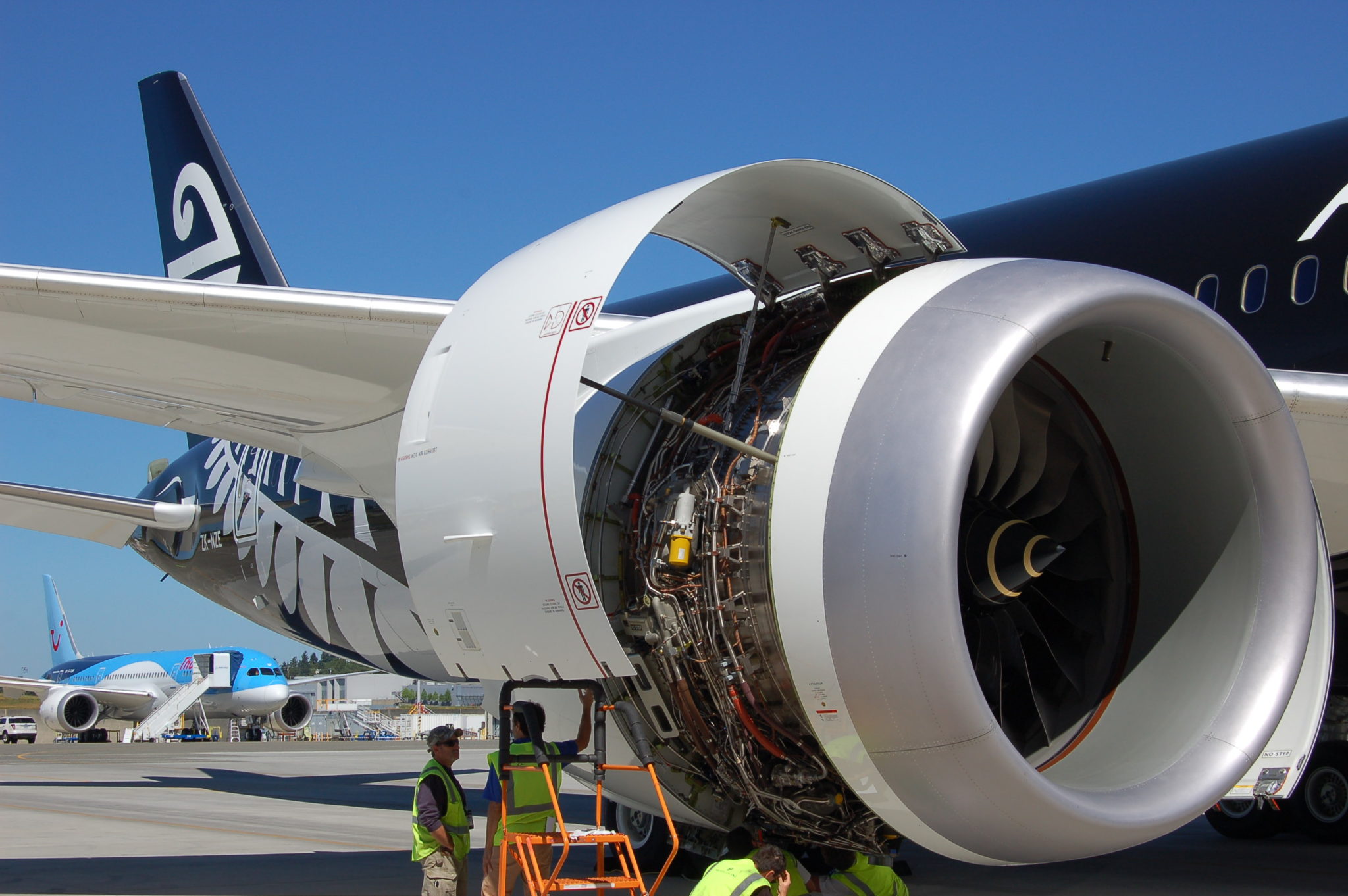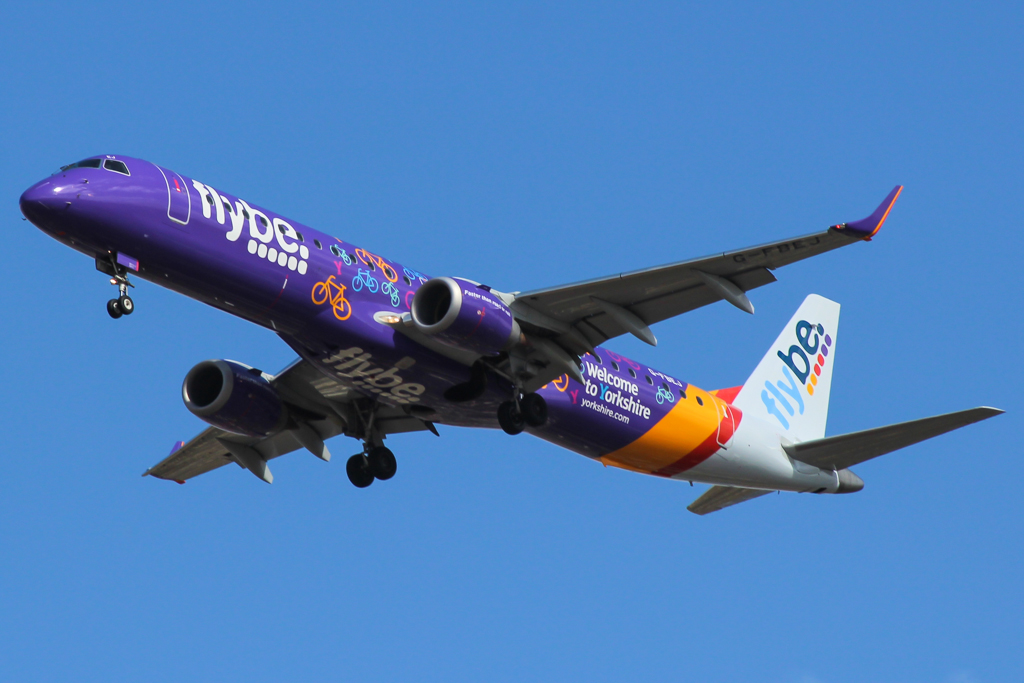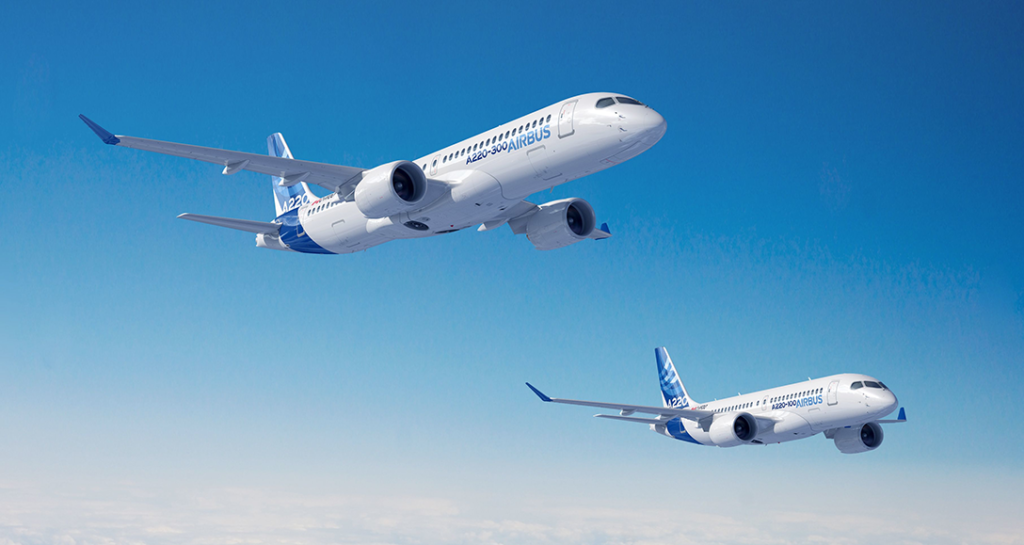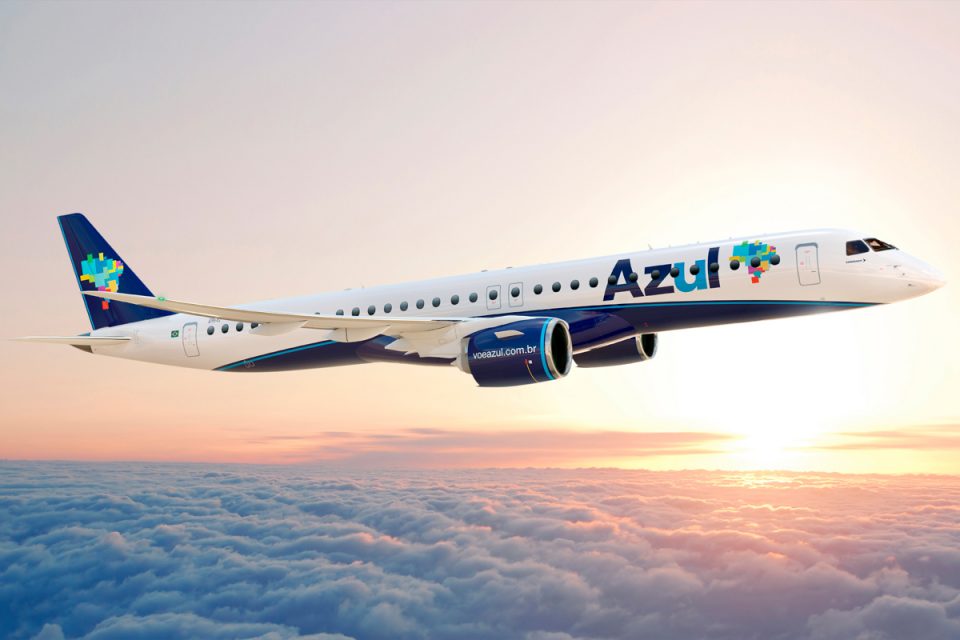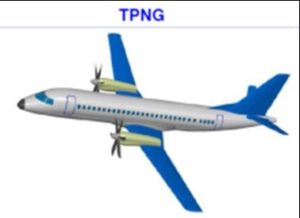Leeham News and Analysis
There's more to real news than a news release.
The engine manufacturers worst hit by the pandemic
Subscription Required
By Bjorn Fehrm
Introduction
September 28, 2020, © Leeham News: The worldwide COVID-19 pandemic is shaking the air travel and airliner manufacturing industries like no crisis before.
More than 9/11, the oil crisis of 1973 or 2005 or the financial crisis of 2008. The problems for the airlines and the airframe OEMs are on the front pages of the world’s media.
The part of the airliner industry that is not so visible but is perhaps hardest hit, is the engine industry. Its weird business model amplifies the effects of the crisis.
Summary
- Airframe OEMs lose money on the first hundreds of aircraft produced.
- When they announce “black numbers”, it means the per aircraft losses stop. It doesn’t mean the aircraft program is positive.
- For engine OEMs, it’s worse. They never reach ‘black numbers” on engine production. Their only money makers are old engine programs that fly a lot.
Embraer’s Slattery named CEO of GE Aviation
By Scott Hamilton
June 15, 2020, © Leeham News: John Slattery, the CEO of Embraer Commercial Aviation, was named CEO of GE Aviation, it was announced today.
Arjan Meijer is the new President and CEO succeeding Slattery. Slattery succeeds David Joyce, who is retiring. Slattery’s appointment is effective July 13.
Slattery devoted much of the last year trying to win approval of the proposed Boeing-Embraer joint venture, Boeing Brasil-Commercial. Boeing terminated the agreement April 25, claiming Embraer failed to meet all required terms and conditions. Embraer claims it met the conditions. Both took the dispute to arbitration.
Slattery had been designated CEO of Boeing Brasil. After the deal’s collapse, his departure from Embraer was expected.
Embraer’s E195-E2 or Airbus’ A220-300 for the 120 to 150 seat segment?
By Bjorn Fehrm
Subscription required
Introduction
September 19, 2019, ©. Leeham News: What aircraft to choose for the segment 120 to 150 seats, Embraer’s E195-E2 or Airbus A220-300? After discussions with Airbus’ Rob Dewar at the Paris Airshow, Head of A220 Engineering and Product Support, and a visit to Embraer last week for the E195-E2’s first customer delivery, we have collected some unique insights.
We also had the opportunity to talk to David Neeleman of Azul, Moxy and TAP Portugal when at Embraer, the only owner/operator which has bought both aircraft; E195-E2 for Azul and A220-300 for his Moxy project.
Summary:
- We start with a detailed comparison of the aircraft in this first article.
- While serving the same passenger capacity segment, they are surprisingly different in their design approach and, therefore, in their characteristics.
Pontifications: The view from 51,000 feet
Oct. 9, 2017, © Leeham Co., Montreal: The National Business Aviation Assn. (NBAA) annual exhibition begins tomorrow in Las Vegas.
LNC doesn’t ordinarily follow business aircraft, but when I was in Montreal last month visiting Pratt & Whitney Canada, I had the opportunity to meet with leaders of the PW800 team.
This new engine powers the new Gulfstream 500/600, a corporate aircraft undergoing testing.
Admittedly, not being conversant with the G500/600 or the PW800, details of which may be not new to some others, I was taken by a fewer pointers shared by PWC.


